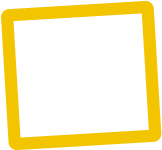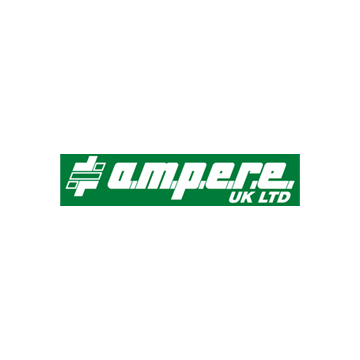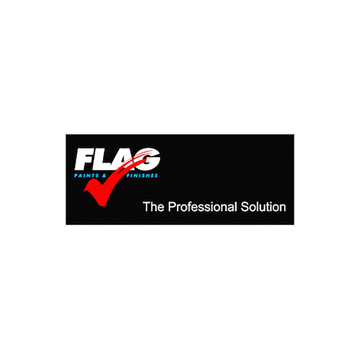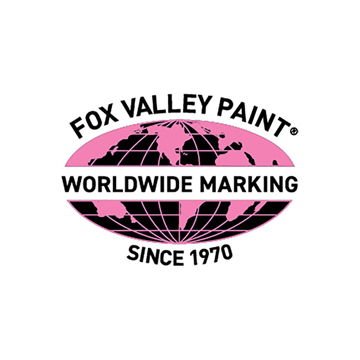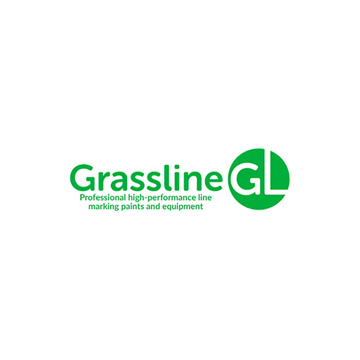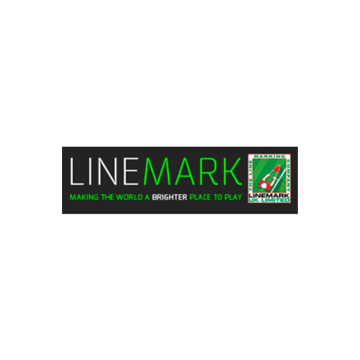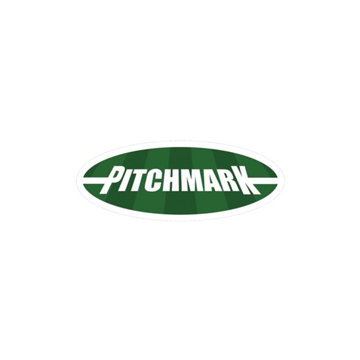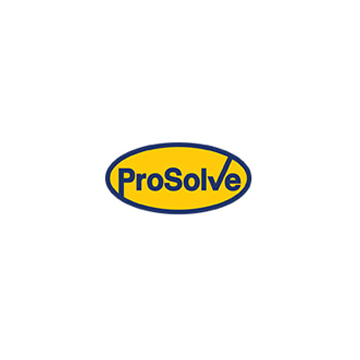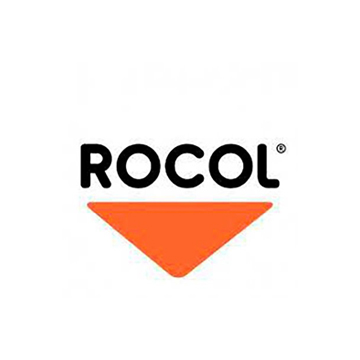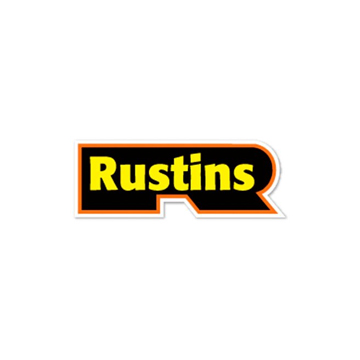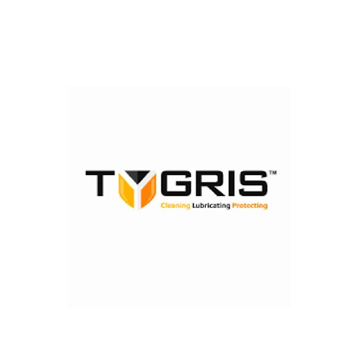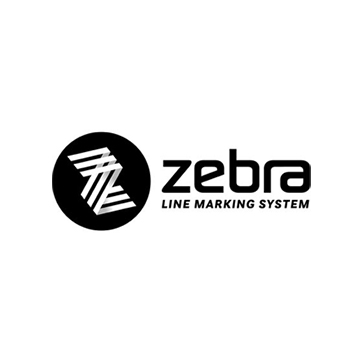Preparing Hard Surfaces For Line Marking
The worst-case scenario is to spend a small fortune on line marking paint and applicators just for the fresh lines to peel or fade away within weeks. The sure way to avoid this is to properly prepare your surface beforehand.

INTRODUCTION
The worst-case scenario is to spend a small fortune on line marking paint and applicators just for the fresh lines to peel or fade away within weeks. The sure way to avoid this is to properly prepare your surface beforehand.
No matter what hard surface you are working on (e.g. concrete, tarmac or asphalt), we will guide you through the necessary steps to ensure your surface is prepped and primed for creating crisp, clean and long-lasting lines—saving you money and adding convenience!
WHY IS PREPARATION IMPORTANT?
The quality and durability of your lines is only as good as the surface they are marked on. Uneven terrain, such as uncropped grass or rough and dusty concrete flooring, will affect the adhesion of the marking material.
This means more frequent maintenance and touch-ups, even entire replacements. Properly prepared surfaces allow for a smoother application, ensuring a stress-free line marking process.
STEP ONE: CLEAR THE AREA
Like all artwork, professional line marking requires a smooth, blank canvas for the best results. The cleaner and more even your surface is, the cleaner and more vibrant your lines will be.
It is essential that the designated line marking location is cleared of all items, equipment and vehicles. This includes people: all workers, visitors and vehicles must vacate the area throughout the line marking preparation and process. Not only will this make it easier to manoeuvre around the area with any line marking machine, but it will aid the next step.
STEP TWO: CLEAN THE SURFACE
After clearing the floor or road, it's time to clean. Removing any debris, dust or dirt is a necessary step as, if skipped: the line marking paint will cling onto the loose particles instead of adhering to the ground. Sweeping the road or factory floor should suffice, however some heavy-duty areas require a deeper cleanse; pressure washing and shot blasting are popular methods.
Though we recommend starting fresh, if you are repainting over old lines, thoroughly clean the original lines to ensure that the new lines appear as sharp and vibrant as possible.
STEP THREE: LEAVE TO DRY
For the best results, the area must completely dry before the line marking process begins. If you have washed the floor or road, we recommend waiting 2-3 days before starting.
The paint may not set properly if the surface is too moist. Plus, certain concentrate paints require diluting with specific ratios, so any wet residue may contaminate and spoil the paint.
STEP FOUR: PREPARE THE PAINT
If you are searching for the perfect paint, look no further. We supply a wide range of premium paints that are specifically designed for car park, warehouse and road markings. For the most durable paint packed with pigment, we recommend our Zebra Hard Surface Line Marking Paint. The patented formula is tried and tested to produce incredibly accurate, crisp and clear lines for any hard surface type.
While you can use some formulations neat, certain line marking paints need to be diluted with water using specific ratios. Check the description of your chosen paint to find out the ratio and mix thoroughly.
STEP FIVE: PREPARE YOUR MACHINE
We supply a superb collection of line marking machines producing a professional-grade finish on hard surfaces such as concrete, tarmac, asphalt and wood. For the ultimate solution, consider the Zebra Lux line marker. Using a high-pressure spray system, the Zebra Lux sprays paint evenly and consistently straight on to the ground, offering a fantastic time-saving solution for large and demanding applications. Alternatively, our 4 wheel line marking paint applicator is a budget-friendly machine—ideal for DIY users looking for an efficient method for manually spraying their own car park or warehouse.
Whether you are using a transfer wheel line marker, electric pump or a handheld paint applicator, your machine must be set up correctly to complete the job. Pour the paint into your line marker, or put the probe into the paint tank, (or bottle if you are using a spray marker)— and you're set to go!
GET IN TOUCH!
If you have any questions about the preparatory measures for line marking hard surfaces, or if you have any queries about the products listed in this article, feel free to get in touch!
Our team of experts is happy to help over the phone or via LiveChat. Remember to check out our other blogs for additional guidance and information on all things line marking!
